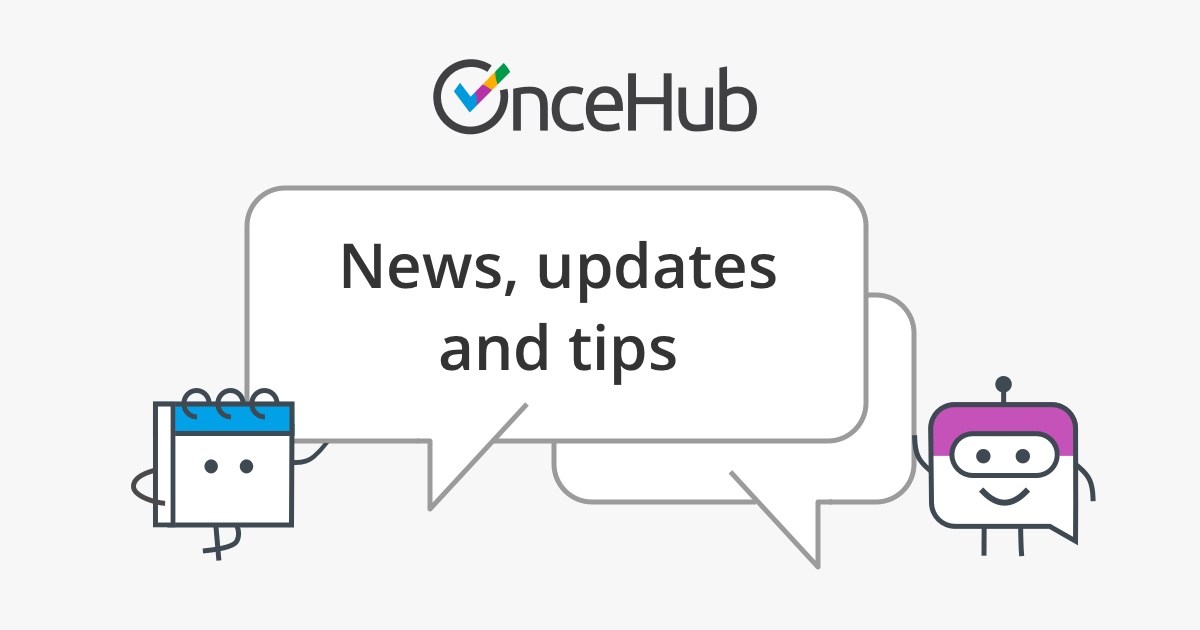
In this post we explain why calendaring servers such as Microsoft Exchange, Google Calendar, Lotus Notes and others cannot address the complete scheduling needs of an organization.
To gain a better understanding of the scheduling pain, we will start by analyzing the type of meetings that originate from within an organization: be it a corporation, an educational institution, or a non-profit or government organization. We will analyze these meetings from a number of perspectives:
Number of Attendees
One-on-One Meetings: These are the most common meetings. These meetings are typically easy to schedule by email or phone and their scheduling doesn’t take more than 2-3 minutes. However, due to the high number of these meetings, the overall time spent on scheduling them places a moderate scheduling burden on the organization.
Group Meetings (2-6 attendees): These meetings are not as common as the one-on-one meetings, but they do occur often, and usually involve between 2-6 attendees. These meetings are typically difficult to schedule and place a heavy scheduling burden on the organization.
Large Meetings (more than six attendees): These meetings are large gatherings that usually happen only once in a while, such as monthly and quarterly business reviews, company announcements, guest lectures, etc. These meetings are typically scheduled far in advance, often by announcing a single time. These meetings do not place a significant scheduling burden on the organization. However, in some cases, such meetings require that specific individuals participate, making them resemble mid-sized meetings.
Organization Membership
Members of the Organization: Attendees who are members of the organization typically share their free/busy information, allowing other members to see when they are available. For this reason, scheduling with members of the same organization does not place a heavy scheduling burden on the organization.
Non-members: Attendees who are not members of the organization cannot easily share their free/busy information, making it very difficult for someone within the organization to know their real-time availability. For this reason, scheduling with non-members places a heavy scheduling burden on the organization.
From the above analysis we can see that most of the scheduling burden is centered on one on one and mid-sized meetings with 2-6 attendees, especially when at least some of the attendees are not members of the organization. Since calendaring servers only allow viewing of availability for members of the organization, scheduling that involves attendees from outside the organization must be done through other means, typically email and phone.
Manual scheduling increases costs and reduces productivity in the organization - but this is not the only problem. During the time span between the time of scheduling and the proposed meeting time, there is no visibility into attendee availability, making it difficult to respond to schedule changes which create opportunities to advance the meeting time. As a result, meetings scheduled manually are on average scheduled further in the future, slowing the overall pace of business.
Do you agree with this analysis? Comments and feedback are welcome :)
Related topics from Insights
- Webinar: Top 5 reasons to offer multiple video conferencing options
- Offer multiple video conferencing choices to your customers
- GoToMeeting security best practices with OnceHub native GoTo Meeting integration
- 7 top scheduling practices for successful coaches or consultants
- Best practices for secure video meetings
